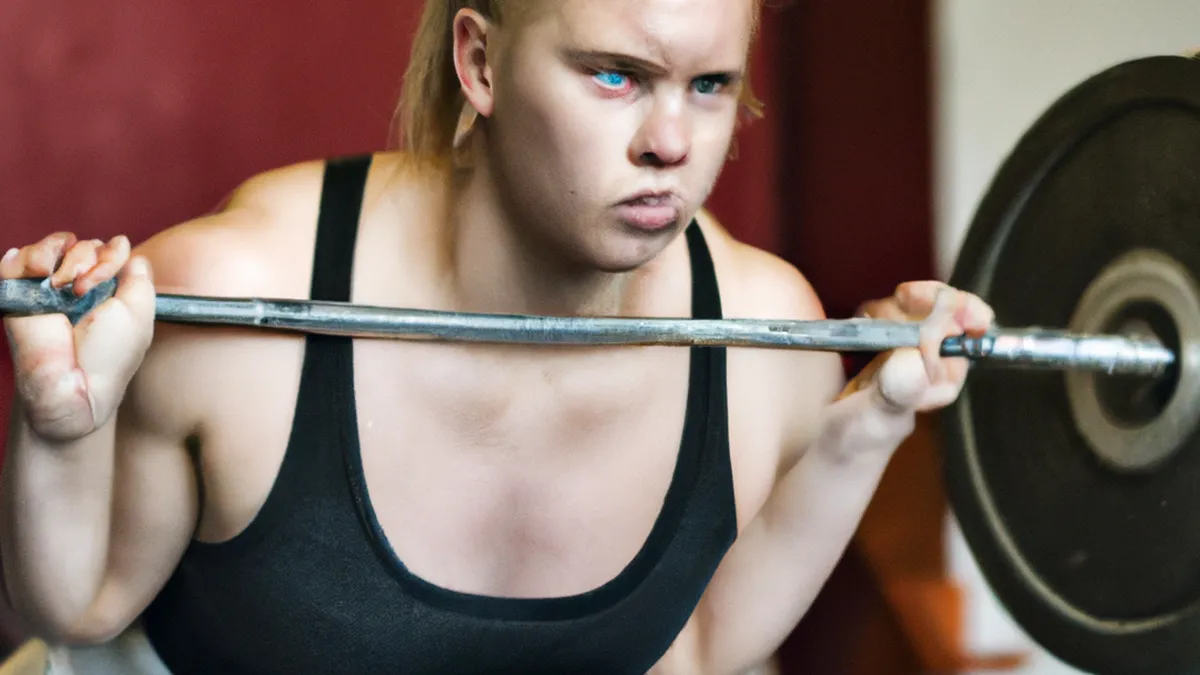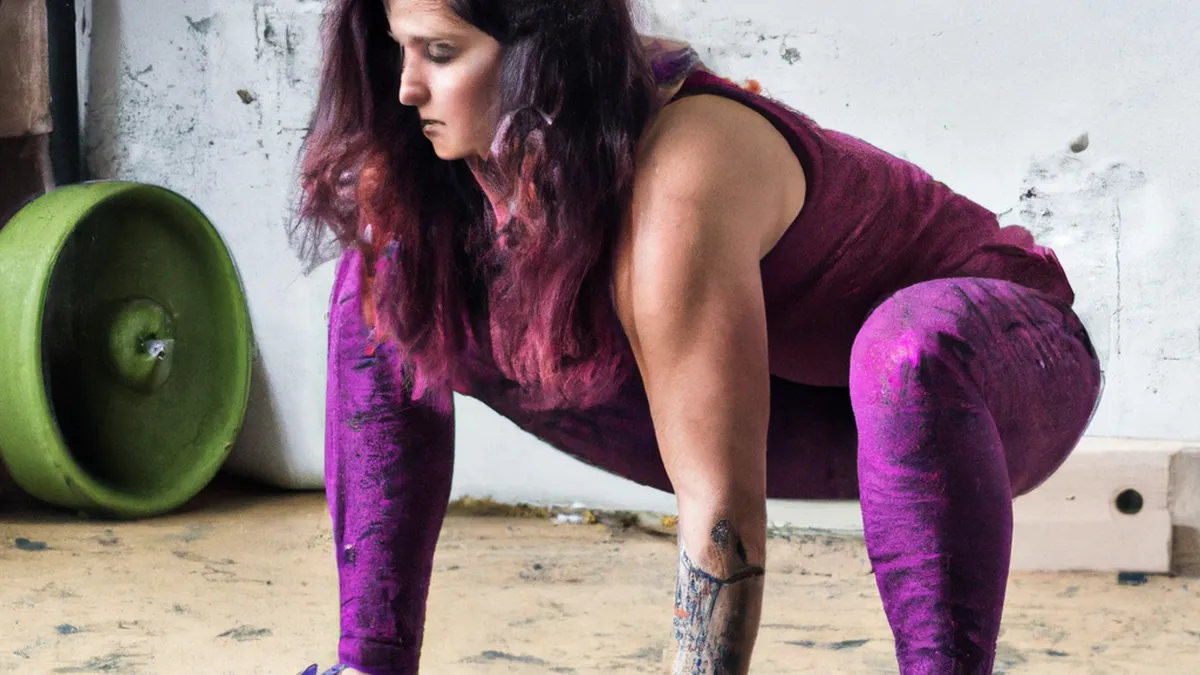Fight Fatigue: Recovery for Female Lifters
Adapting Training for Female LiftersWomen face misconceptions in the fitness world. Many believe lifting heavy weights leads to bulkiness. Scientific research and experience debunk this notion. Women can achieve strength, fitness, and a toned physique while maintaining femininity. Let’s explore how to adapt training for female lifters, focusing on female physiology, setting realistic goals, and creating balanced programs.
Understanding Female Physiology
Women’s bodies differ from men’s in critical ways. Hormonal differences, especially estrogen and testosterone levels, impact training responses. Estrogen promotes muscle recovery and fat metabolism, allowing women to handle higher training volumes. Women can benefit from heavier weights and more repetitions without bulking up.Women also have different body fat distribution and muscle mass ratios compared to men. They generally have a higher body fat percentage and less muscle mass. Understanding these differences helps create effective training programs that meet female lifters’ needs and goals.
Setting Realistic Goals
As an Amazon Associate I earn from qualifying purchases.
Gear tip: consider kettlebell, liquid chalk, and resistance bands set to support this topic.
Setting achievable and realistic goals is crucial for female lifters. Many women feel pressured to meet societal beauty and strength standards. Instead, women should focus on personal progress and their definitions of strength. This might involve lifting specific weights or completing challenging workouts.Celebrate small victories along the way. Each milestone matters, whether lifting a new weight or feeling stronger. Acknowledging achievements fosters a positive mindset and motivates women to continue their fitness journey. Remember, progress takes time, and every step forward deserves celebration.
Creating a Balanced Program
A well-rounded training program includes strength training, cardiovascular exercise, and flexibility work. Strength training is essential for female lifters. Aim to lift weights at least three times a week. Focus on compound movements like squats, deadlifts, and bench presses to build overall strength.Incorporate cardiovascular exercise for heart health and endurance. Activities like running, cycling, or HIIT complement strength training. Aim for at least 150 minutes of moderate aerobic activity each week. This balance prevents burnout and keeps workouts engaging.Don’t overlook flexibility training. Incorporating yoga or stretching routines enhances recovery and improves mobility. Aim to include flexibility training at least twice a week.
Conclusion
Adapting training for female lifters involves understanding physiology, setting realistic goals, and creating balanced programs. Each element helps maximize potential and encourages a positive fitness journey.
Below are related products based on this post:
FAQ
What are common misconceptions about female lifters?
Many people believe that lifting heavy weights will make women bulky. However, scientific research shows that women can lift heavier weights and achieve strength and fitness without losing their femininity. Understanding this helps in adapting training programs effectively for female lifters.
How does female physiology affect training?
Women have different hormonal levels compared to men, particularly with estrogen and testosterone. These hormonal differences allow women to recover faster and handle higher training volumes, making it possible for them to lift heavier weights without bulking up.
What should female lifters focus on when setting goals?
Female lifters should prioritize personal progress over societal beauty standards. Setting realistic goals, such as lifting specific weights or completing challenging workouts, is important. Celebrating small victories along the way fosters motivation and a positive mindset.















Post Comment